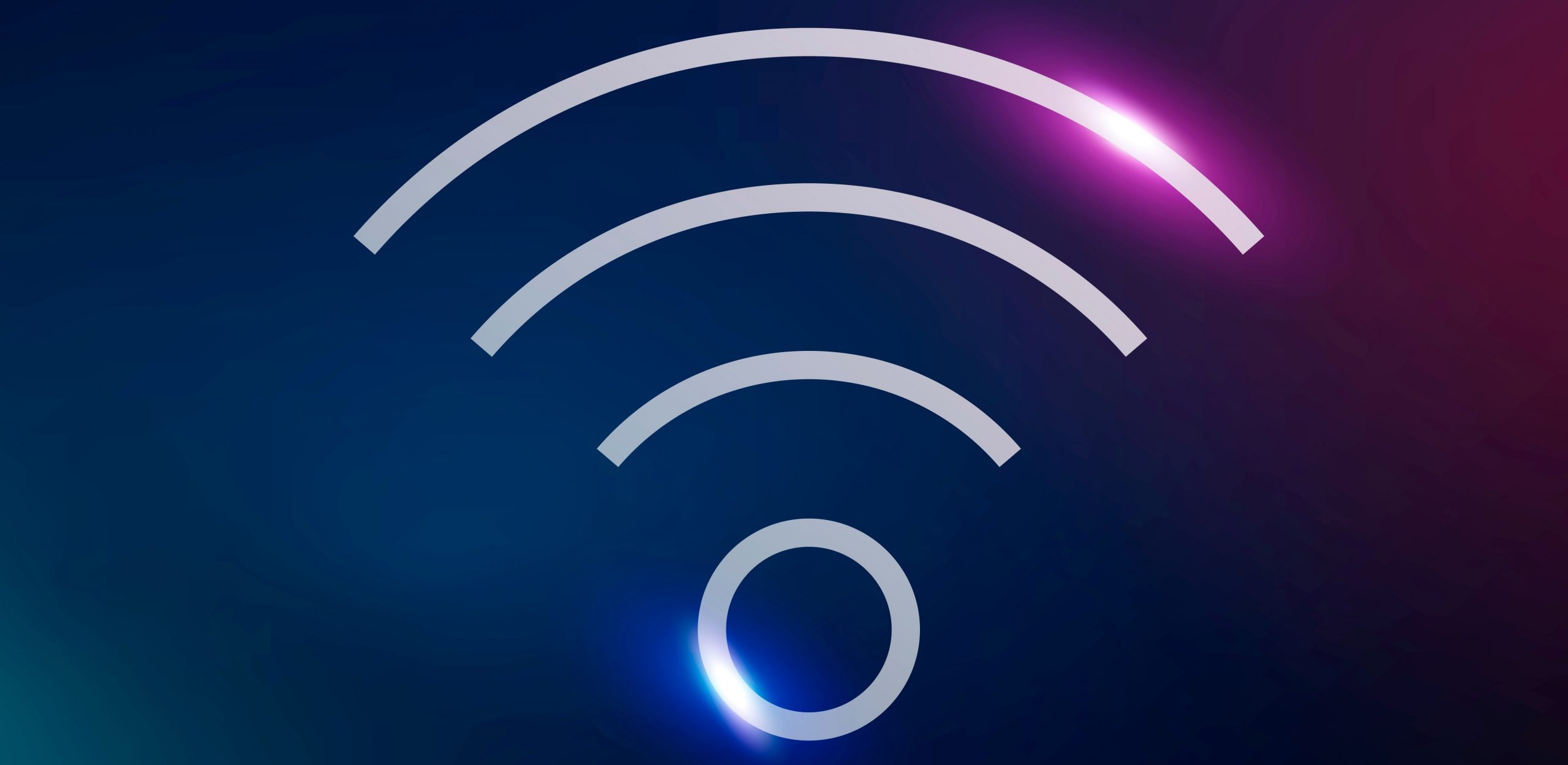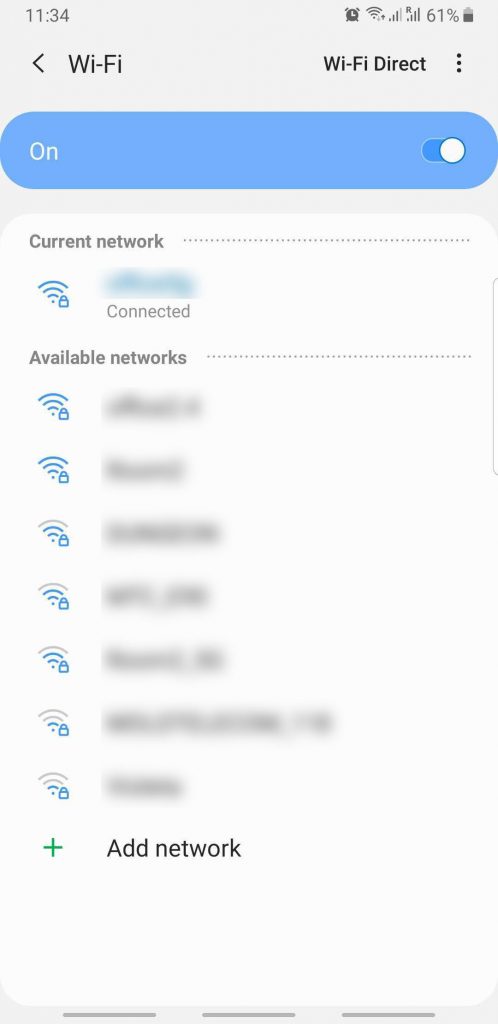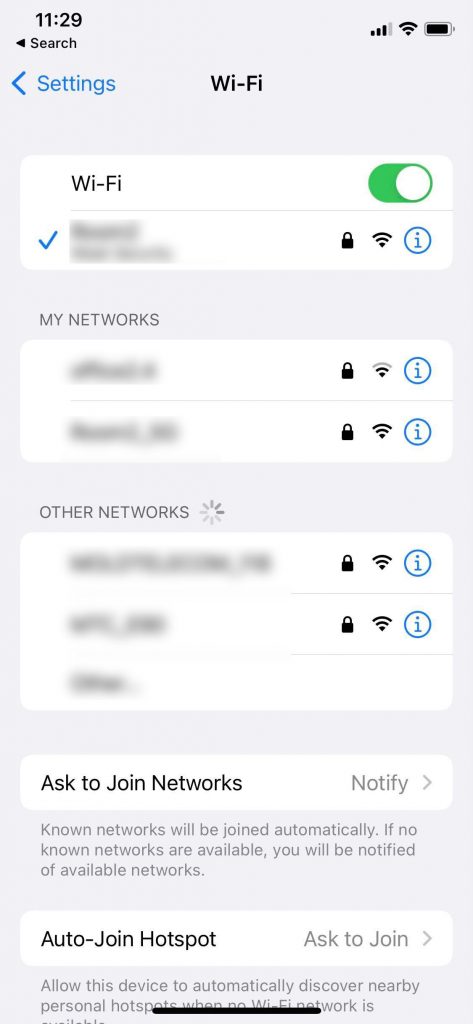What is an SSID and how can you determine yours?
Last updated on December 3rd, 2021 in VPN
 To understand what is an ssid you need to get to the basics like to connect to the internet – you usually need a wireless connection. If your tablet, smartphone or laptop is connected wirelessly and searching for networks nearby it will list all of the available options with SSID (service set identifier) names like “Comcast” or “Spectrum”. These are shown on screen as each network’s custom branding but when joining one manually there could also be a default moniker given by its manufacturer.
To understand what is an ssid you need to get to the basics like to connect to the internet – you usually need a wireless connection. If your tablet, smartphone or laptop is connected wirelessly and searching for networks nearby it will list all of the available options with SSID (service set identifier) names like “Comcast” or “Spectrum”. These are shown on screen as each network’s custom branding but when joining one manually there could also be a default moniker given by its manufacturer.
Table of contents
If you’re wondering how to find ssid of my network you will need to learn what is an ssid and what it stands for. A service set identifier (SSID) is a name that defines the type of wireless network. This can be broadcast clearly by stations to announce their presence, seen by users as an access point’s “Network Name” and used for authentication purposes when logging into other networks. An 802.11 standard prior to 2012 did not define any particular encoding or representation for SSIDs – they were expected to handle them however was needed most during this time period because there has been little research done on what makes up good vs bad transformations.
SSID is the name of a unique WiFi network that distinguishes it from others in your area. This allows you to connect with an access point and not someone else’s signal, which could potentially result in less stability for both parties involved (you plus your device). SSIDS have been used since Wi-Fi networks became popular over ten years ago; they can be found on any type of router or hotspot – both public ones like at coffee shops where people go just because there’s internet available without buying anything as well as home routers created specifically so one person doesn’t need multiple devices connected via cable while still having high speeds throughout their house thanks to Wireless N technology.
If you’re wondering what is the maximum number of characters can exist within an ssid name you will find your answer now. The SSID, or network name cannot be more than 32 characters in length. In addition to being case-sensitive, it must also contain only letters and numbers with no spaces or special characters like hyphens (except for periods). The wireless router broadcasts its own identifying information allowing nearby devices the ability to pick a connection that suits them best from those available on offer – this could range anywhere from just one WiFI signal all the way up until ten different ones!
Regardless of whether the network is open or secured with WPA2, people need to have the passphrase before they can connect. We recommend against hosting an unsecured Wi-Fi hotspot for your guests so that you don’t put them at risk when connecting wirelessly from different devices around their home/venue.
Now that you know what is an SSID it’s time to learn how to properly find it. To see a wifi network’s service set identifier (SSID), simply look at the name of your computer’s current wireless connection. If you are on an untainted or wired Ethernet cable, open up settings to view available networks and click “show connected devices.”
The terms SSID and Wi-Fi Network have become interchangeable in recent years because they both refer specifically towards identifying what type of connectivity one has established with another device such as laptops; smartphones/tablets and other devices. We will get on later on how to create a wifi network, now let’s see how can you find your SSID on various device.




Whilst what is an SSID is clear and how to find SSID of my network too, what happens when you have SSID around you at the same time? Once you’ve connected to a Wi-Fi network with one certain SSID once, your device will generally try connecting the next time it sees that name. But what if there are multiple networks in an area and they all have “Home” as their title? Some devices will automatically connect themselves only to strong signals while others look for whichever first comes up on their list of available connections before giving up in frustration waiting around at job sites or airports where many have these types of access points installed too close together. To prevent confusion and conserve energy, it’s best to keep your Wi-Fi network separate from other domestic networks. If a device is connected wirelessly but then tries reconnecting under different circumstances (for example if there was an interruption), this can cause some problems with picking up on the strongest signal due to its proximity in relation to each respective source of connectivity rather than just having one strong ID across all areas where devices are present as long they have access through Broadband Internet Service Provider services such as Spectrum or Charter which provides fast speeds encouraging portability between locations.
It is important to ensure that your Wi-Fi network has unique passwords for each of its access points. If you don’t, the devices in question won’t be able to connect and this will result in them being snooped by hackers who can monitor all their internet traffic as well steal any personal information on those computers or smartphones including passwords or credit card details.
With a “hidden” SSID, you can create your own wireless network and keep it free from pesky outsiders who may try to piggyback on the signal. But even though this technique hides what should be an uncommon identifier for some devices (like ours), anyone with standard monitoring software will still notice that there is another machine broadcasting its presence in our space–even if they don’t see any signs or logos identifying themselves as belonging to one company before now. Bandwidth hogs and security risks, the use of a hidden Wi-Fi network is not recommended. When broadcasting your device’s name as it searches for networks in order to connect with others on this shortlist (which can be very long), you are actually exposing yourself more than ever before. It may seem like an easy solution at first glance; after all, most people don’t want their personal information broadcasted around town shouldn’t we just do our due diligence when setting up these types of precautions? Well yes, but there are some other factors worth considering before making any firm decisions. Wi-Fi was never designed to work this way. To secure your Wi-Fi network, use WPA2 encryption and set a strong password that is easy for you but hard on those who want access in order not to get hacked. Hiding my networks from the public should not be an option when it comes down to protecting ourselves online.
If you don’t know what is a WPA2 password we’ll this one short – this is the password to connect your wireless network. It’s also called a Wi-Fi Security Key, a WEP Key, or a WPA/WPA2 Passphrase.
There are many reasons to set up more than one SSID for your access point. Not only do networks with different functions facilitate a flexible network infrastructure, but it also helps users in their daily lives by allowing them the ability to switch between work and personal devices without having any trouble accessing resources on each respective network as if they were actually connected locally; all while preventing sensitive information from leaking onto other networks that may not want this type of traffic coming through!
For example A hotel owner might create two separate wifi hotspots within her property – one primarily meant just for guests (with perhaps restrictions like time limits or password requirements), another completely open-WiFi enabled so everyone who visits staff members at least once during business hours gets free internet service too.
Another use case would be you having a dual bandwidth router at home one for 2.4 Ghz and another for 5 Ghz. In this instance, you can have a different SSID for each of the frequencies used.
Be sure to change out your Wi-Fi password regularly and use a strong one. Schedule an upload for the router’s firmware as well, so it will be updated automatically when there are updates available in order to prevent any security breaches from happening.
You can also set up a VPN on your router and improve the digital security for yourself. Signing up with HideIPVPN will disguise IP addresses, making it impossible for anyone other than you (and perhaps those closest to you) to know what sites or applications are being used without looking at their monitor screen every minute. This is because all information sent from our device gets encrypted before reaching its final destination – even data flowing through Wi-Fi hotspots look different when decipherable by people who might be monitoring traffic instead of just receiving packets as usual browsing online content.
You want to make sure you have the best vpn encryption and a wide array of vpn protocols to choose from as devices nowadays incorporate more and more connection types.